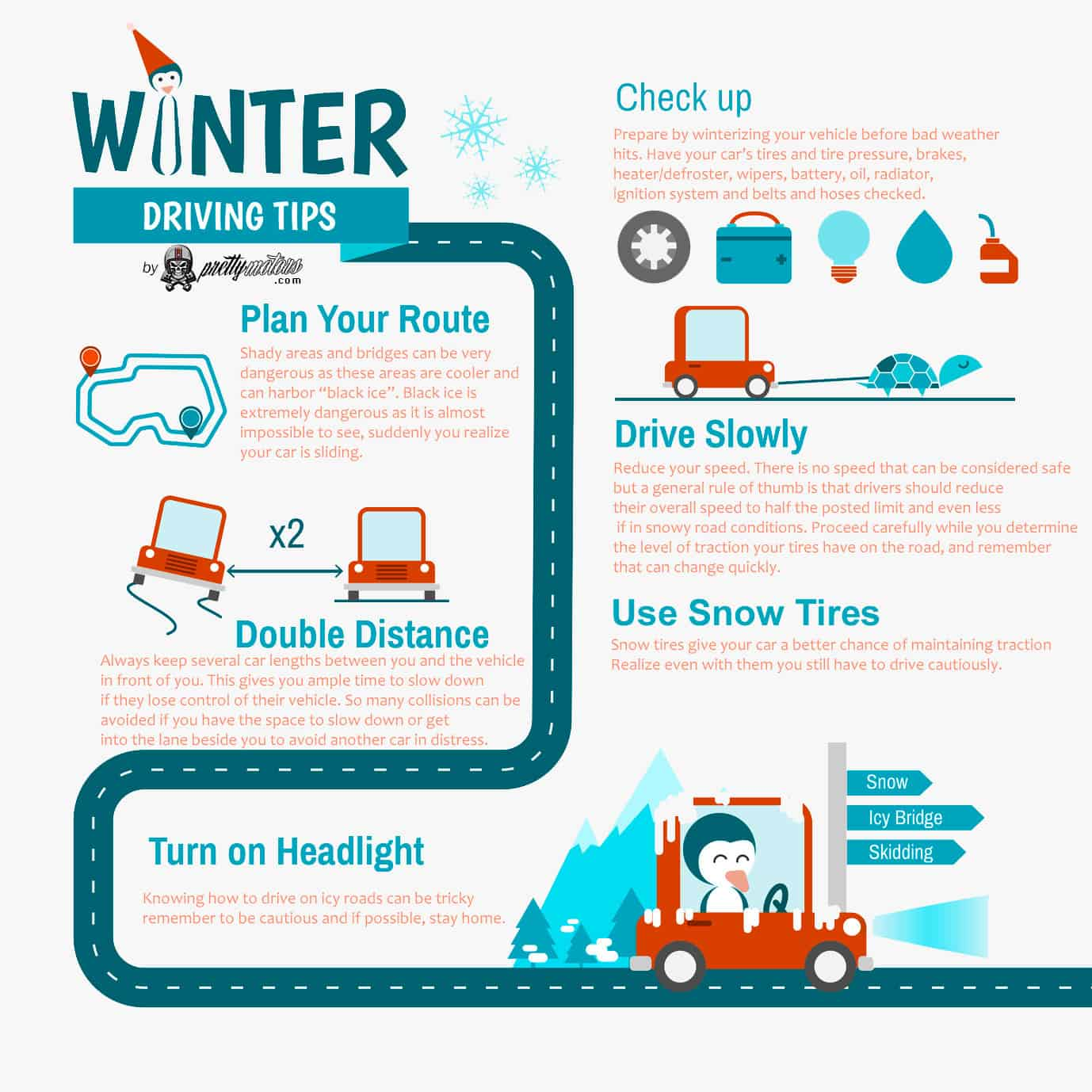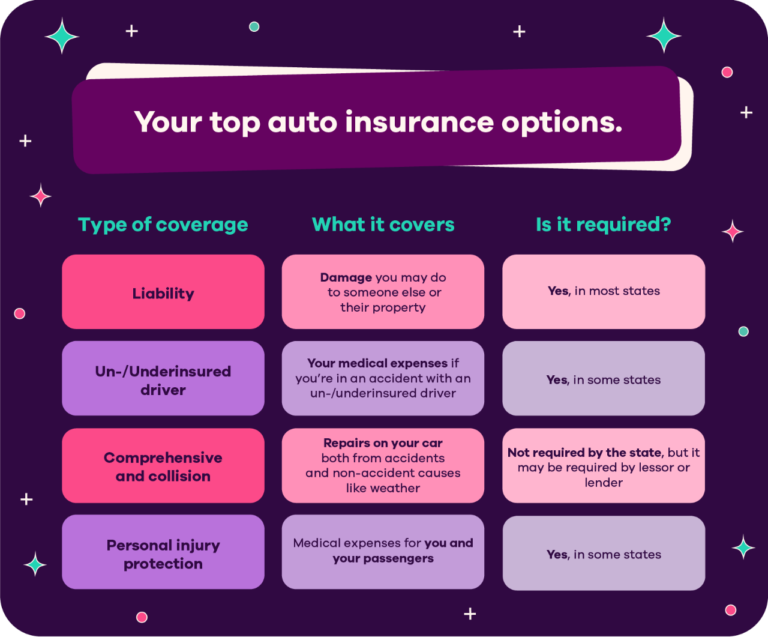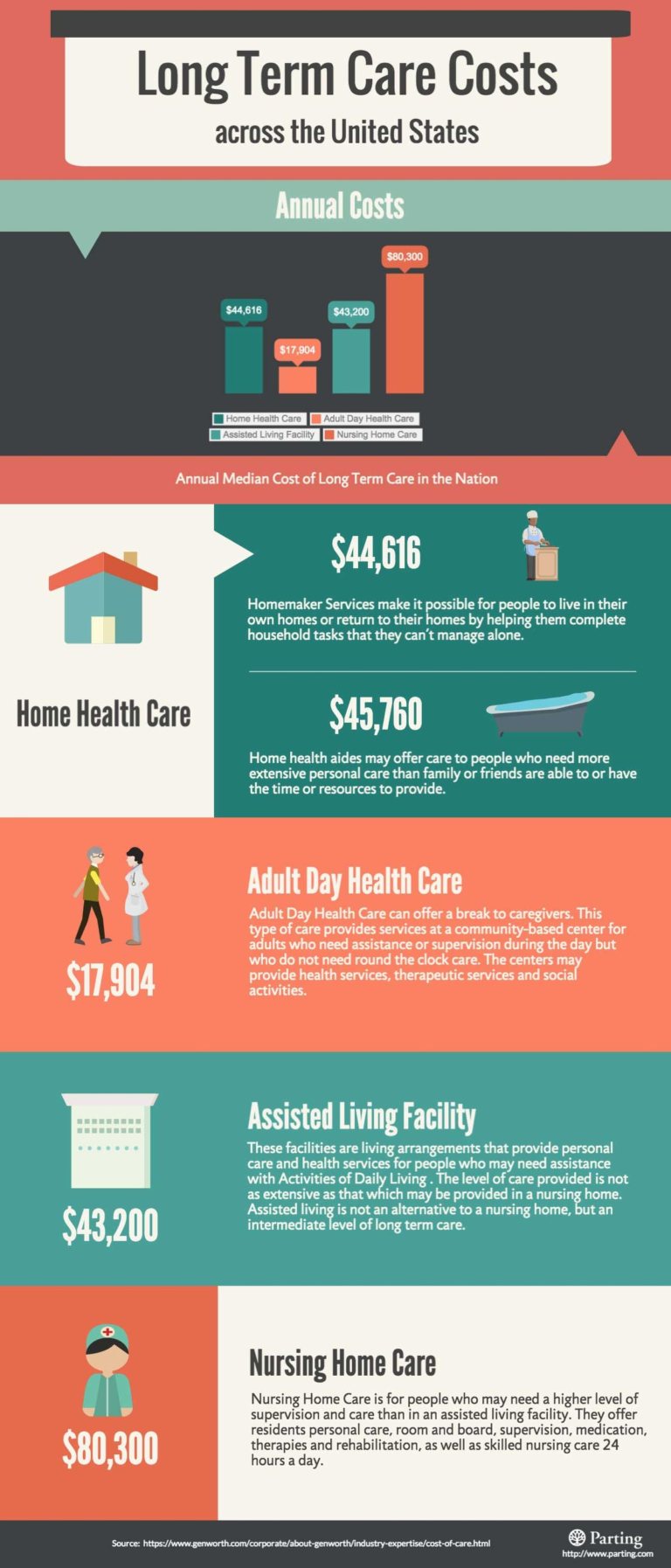Winter Driving Tips: Essential Safety Advice for Drivers
As the winter season sets in, it’s crucial to prioritize safety on the roads, making winter driving tips an essential part of your travel plans. With snow and ice transforming familiar routes into potential hazards, equipping yourself with knowledge about safe winter driving can make all the difference. Key considerations include ensuring your vehicle is fitted with winter tires for optimal traction on icy roads and preparing an emergency kit for winter that includes essentials like blankets and flashlights. Additionally, understanding how to navigate slippery conditions—such as reducing speed and maintaining a safe following distance—can greatly enhance your safety. This guide will delve into effective strategies to help you conquer the challenges of winter driving with confidence and ease.
As temperatures drop and snow begins to blanket the landscape, effective strategies for driving during the winter months become increasingly important. Mastering the art of safe navigation through icy and snowy conditions involves understanding winter vehicle preparation and the vital role of winter tire safety. It’s equally essential to have a well-stocked emergency kit for winter to ensure you’re ready for unexpected challenges on the road. By adjusting your driving habits and being aware of potential dangers like black ice and snowdrifts, you can significantly reduce the risk of accidents. This discussion will provide you with valuable insights to ensure your travels remain safe and enjoyable throughout the frosty season.
Preparing Your Car for Winter Driving
Before embarking on your winter travels, ensuring your vehicle is prepared for challenging conditions is crucial. Winter driving demands special attention to your car’s mechanical integrity; this begins with checking your tires. Having winter tires installed can significantly improve traction on icy roads, as they are designed specifically for cold weather performance. Additionally, ensuring that your tires have adequate tread depth and are properly inflated is vital. Cold temperatures can reduce tire pressure, so regular checks can prevent potential roadside issues during harsh winter months.
Beyond tires, inspecting your battery is another critical aspect of winter car preparation. Cold weather can drain batteries quickly, and a weak battery can leave you stranded in freezing temperatures. Have your battery tested at the start of the season and replace it if necessary. Furthermore, topping off essential fluids like antifreeze, windshield washer fluid, and engine oil can help your car perform optimally when conditions worsen. By taking these proactive steps, you can enhance your vehicle’s reliability and ensure a safer driving experience throughout the winter.
Driving Safely on Icy Roads
When faced with icy roads, adjusting your driving habits is essential for maintaining safety. One of the most effective winter driving tips is to reduce your speed. Slowing down gives you more time to react to potential hazards and lowers the risk of losing control. Additionally, increasing your following distance can be a lifesaver; on slick surfaces, it takes longer to stop, so allowing extra space between vehicles can prevent collisions.
Moreover, steering gently is crucial when navigating icy roads. Abrupt movements can lead to skidding, so it’s best to use smooth, gradual inputs when turning or changing lanes. If you start to skid, remain calm and steer in the direction you want to go without overreacting. Understanding how your vehicle handles in winter conditions is vital for safe driving, and practicing these techniques can help you feel more confident behind the wheel.
Essential Items for Your Winter Emergency Kit
A well-stocked emergency kit is an indispensable part of winter driving safety. Your kit should contain essential items like blankets, a first-aid kit, and non-perishable snacks to keep you warm and nourished should you become stranded. Additionally, including a flashlight and extra batteries ensures you have light in case of emergencies during dark winter nights. These basics can significantly increase your comfort and safety if unexpected situations arise.
Incorporating winter-specific items into your emergency kit can also enhance your preparedness. An ice scraper and a snow shovel are essential for clearing your vehicle and the road around you if you become stuck. Additionally, carrying sand or cat litter can provide extra traction if you find yourself stuck in snow or ice. A fully charged portable phone charger is another must-have, allowing you to maintain communication in case of an emergency.
Avoiding Common Winter Driving Mistakes
During winter, it’s essential to be aware of the common driving mistakes that can lead to dangerous situations. One of the most significant hazards is black ice, which often forms in shaded areas and is nearly invisible. To avoid this, always be cautious when driving over bridges or in shaded areas. If you encounter a patch of black ice, it’s best not to hit the brakes but rather to steer steadily and let your vehicle coast until you regain traction.
Another pitfall is over-relying on technology. While modern vehicles often come equipped with advanced safety features, they shouldn’t replace cautious driving. No amount of technology can change the laws of physics, especially in winter conditions. Always prioritize attentive driving and adjust your speed according to the road conditions, rather than trusting automated systems to keep you safe.
Planning Ahead for Safe Winter Travel
Planning ahead is a critical aspect of safe winter driving. Before you set out, always check the weather forecast to prepare for any potential storms or icy conditions. If severe weather is predicted, consider postponing your trip. No destination is worth risking your safety, and waiting for better conditions can save you from a stressful journey.
Utilizing navigation apps can also enhance your winter travel experience. Many apps provide real-time updates about road conditions, including alerts for accidents and road closures due to snow or ice. Planning your route in advance allows you to choose main roads that are typically cleared and salted more frequently, minimizing your risk when driving in hazardous weather.
Understanding the Importance of Winter Tires
Winter tires play a critical role in safe winter driving, offering enhanced grip and traction on icy and snowy roads. Unlike all-season tires, winter tires are specifically designed with deeper treads and softer rubber compounds that remain pliable in cold conditions. This design allows them to maintain better contact with the road, providing improved handling and shorter stopping distances, which can be lifesaving during sudden weather changes.
Investing in a good set of winter tires is a proactive measure that significantly impacts your vehicle’s performance during winter months. Not only do they provide better traction, but they also help you feel more secure and confident behind the wheel. If you live in an area prone to heavy snowfall or icy conditions, equipping your vehicle with winter tires can greatly improve your winter driving experience and safety.
Maintaining Visibility During Winter Driving
Visibility is a crucial factor in safe winter driving, as snow and ice can obscure your view of the road and other vehicles. Ensure that all windows, mirrors, and lights are cleared of snow and ice before setting out. Keeping your windshield washer fluid topped off with a winter-grade formula will help you maintain a clear view despite the slushy conditions.
Additionally, it’s important to adjust your headlights for winter driving. Use your low beams in snowy conditions, as high beams can reflect off falling snow and reduce visibility. Regularly checking your vehicle’s lights and replacing any burnt-out bulbs ensures that you can see and be seen by other drivers, which is essential for safety in winter weather.
Staying Calm in Emergency Situations
Winter driving can sometimes lead to unexpected emergencies, such as getting stuck in the snow or experiencing a breakdown. In these situations, staying calm is paramount. If you find yourself stranded, remember that panicking will not help. Instead, assess your situation and utilize your emergency kit to stay warm and comfortable.
If help is needed, use your phone to call for assistance, and ensure your vehicle is visible to other drivers. Use flares or reflective triangles to alert others of your presence. Remaining calm and collected allows you to think clearly and make informed decisions, ultimately improving your chances of a safe outcome in winter emergencies.
The Benefits of Driving Lessons for Winter Conditions
Taking a winter driving course can provide valuable skills and knowledge to enhance your safety on icy roads. Professional instructors often teach techniques specifically designed for winter driving, including how to handle skids and how to navigate challenging conditions. These lessons can boost your confidence and prepare you for the unexpected.
Furthermore, a winter driving course can cover essential topics such as vehicle maintenance and safety equipment, ensuring you are well-prepared before hitting the road. Learning from experts helps you understand the nuances of driving in winter conditions, which can significantly reduce the likelihood of accidents and improve your overall driving experience.
Enjoying Winter While Staying Safe
Winter offers beautiful landscapes and enjoyable activities, but safety should always come first. By following the winter driving tips outlined above, you can make the most of the season while minimizing risks. Whether you’re heading to a holiday gathering or taking a scenic drive, being prepared and informed will enhance your experience.
Remember to embrace winter’s beauty responsibly. By winterizing your car, maintaining safe driving practices, and being ready for emergencies, you can enjoy all that winter has to offer without compromising your safety. Stay warm, stay safe, and relish the joys of winter driving!
Frequently Asked Questions
What are some essential winter driving tips for safe winter driving?
To ensure safe winter driving, equip your vehicle with winter tires for better traction, clear all snow and ice from windows and lights, reduce your speed, and maintain a safe following distance. Additionally, avoid sudden maneuvers, and be aware of black ice and other winter hazards.
How can winter tire safety enhance my driving experience in winter?
Winter tire safety is crucial as these tires are designed to provide better grip on icy and snowy roads. Investing in winter tires can significantly improve your vehicle’s handling and braking performance, making your winter driving experience safer and more confident.
What items should I include in an emergency kit for winter driving?
An emergency kit for winter driving should include blankets, a flashlight, non-perishable snacks, a shovel, ice scraper, first-aid kit, and sand or kitty litter for traction. Having these items can be lifesaving if you get stuck or stranded in winter conditions.
What precautions should I take when driving on icy roads?
When driving on icy roads, it’s essential to slow down, increase your following distance, and steer gently without making sudden movements. Always be cautious of black ice, which can be nearly invisible, and avoid using cruise control in slippery conditions.
How can I prepare my car for winter driving conditions?
To prepare your car for winter driving, check your tire tread and pressure, ensure your battery is in good condition, and top off essential fluids like antifreeze and winter-grade windshield washer fluid. Additionally, having winter tires installed can enhance your vehicle’s performance in cold weather.
| Key Point | Description |
|---|---|
| Winter Tires | Equip your vehicle with winter tires for better traction on icy roads. |
| Clear Snow and Ice | Remove all snow and ice from your vehicle before driving. |
| Drive Cautiously | Reduce speed, maintain a safe following distance, and avoid sudden movements. |
| Emergency Kit | Carry essential items like a scraper, blanket, flashlight, and emergency kit. |
Summary
Winter driving tips are essential for staying safe on the roads during the cold months. It’s crucial to equip your vehicle with winter tires for optimal traction, clear all snow and ice from your car, and drive cautiously to avoid accidents. Additionally, having an emergency kit stocked with necessary supplies can make a significant difference in case of unforeseen circumstances. By following these winter driving tips, you can navigate icy roads confidently and enjoy the beauty of the winter season while ensuring your safety.







